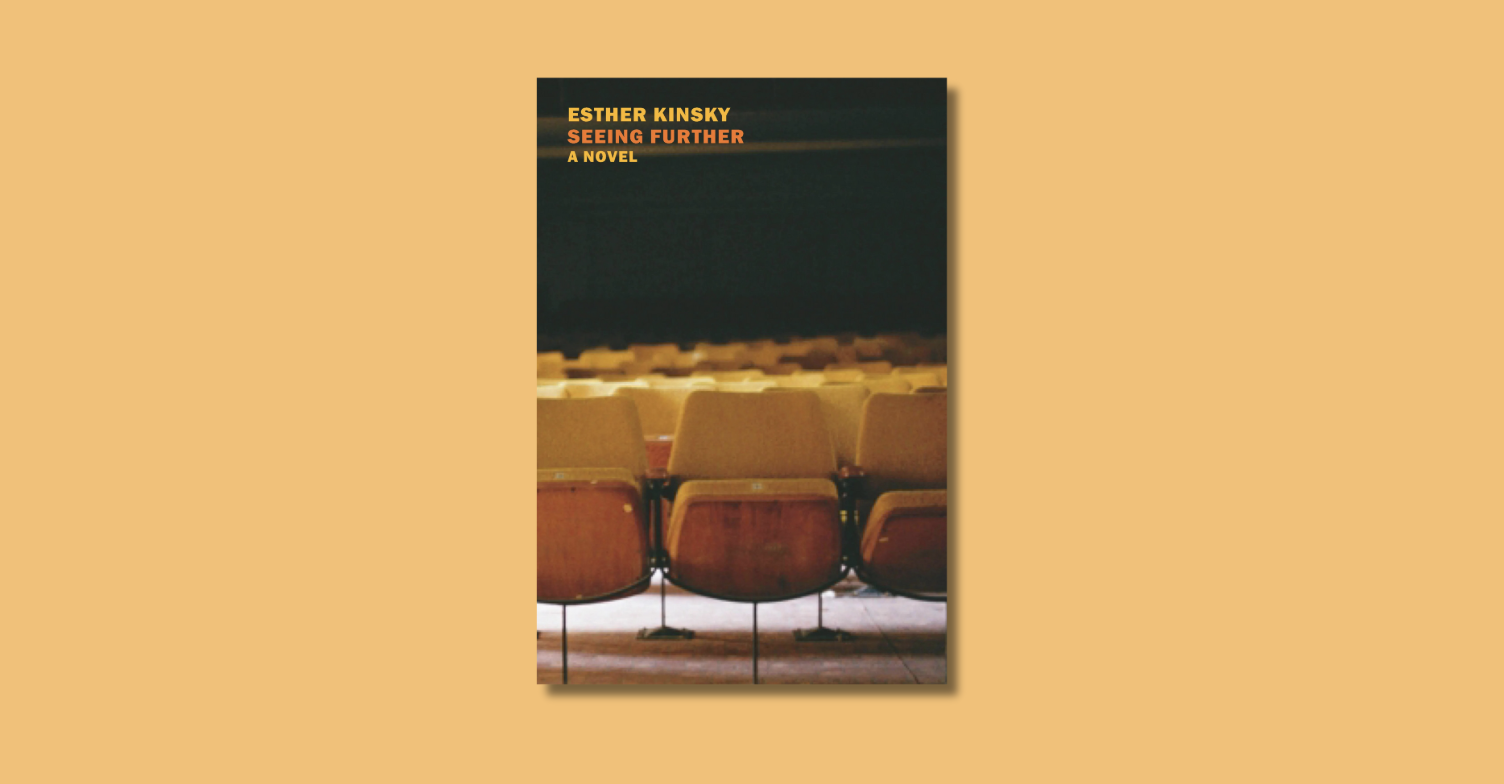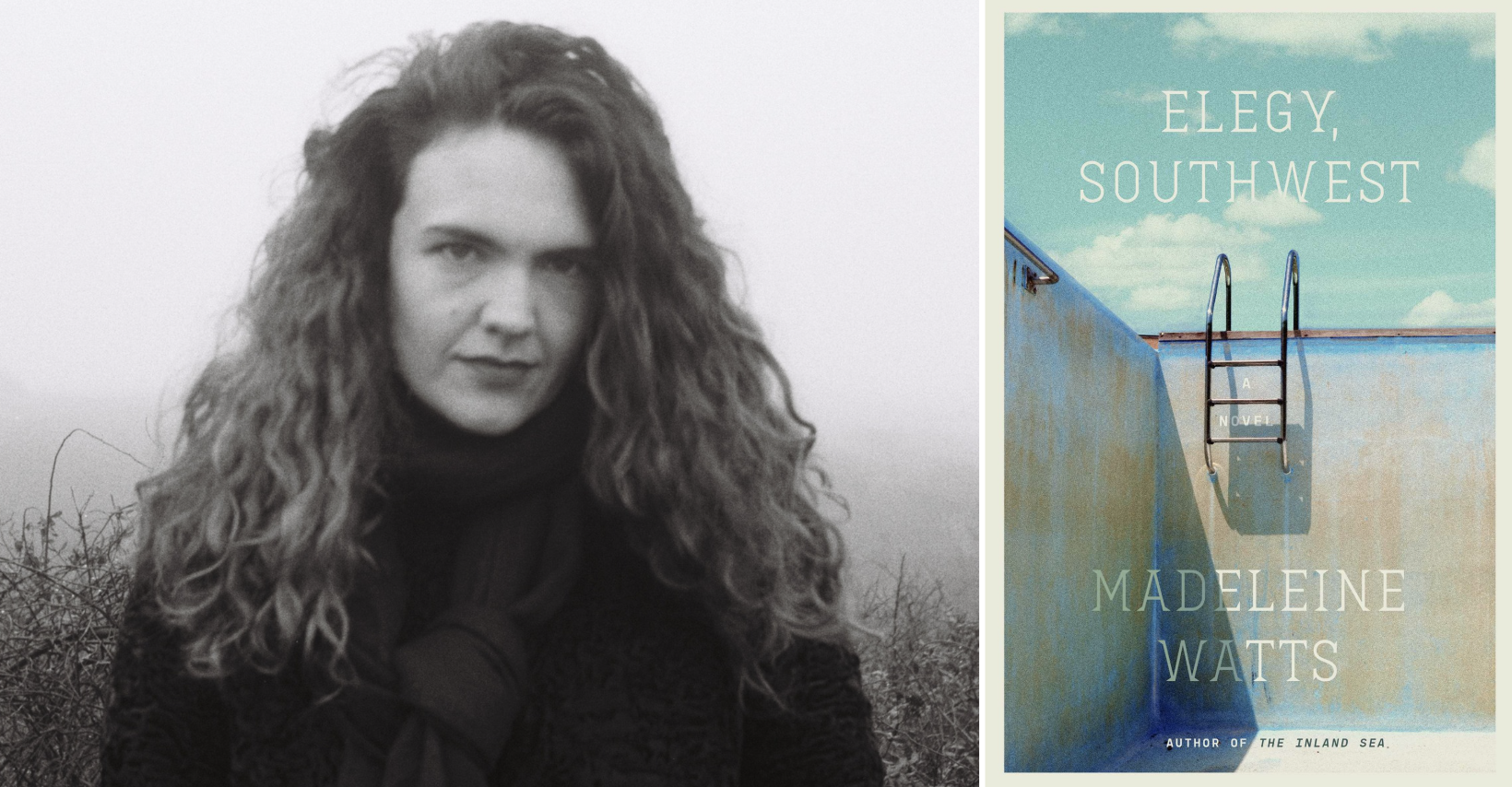- From Michael Chabon’s site, an update on his forthcoming novel, The Yiddish Policemen’s Union, and a preview of The Best American Short Stories 2005, which Chabon is editing. The inclusion of “at least four” genre stories, including ones by Dennis Lehane and Tom Bissell, will surely rankle literary purists.
- Letters to Frank Conroy from his students
- The AP’s books guy, Hillel Italie, profiles FSG and highlights their penchant for publishing award-winning books.








